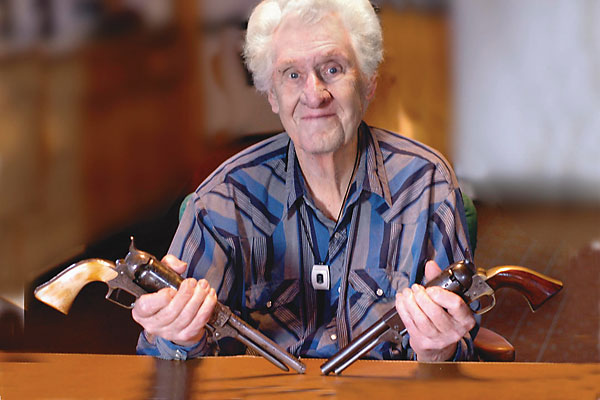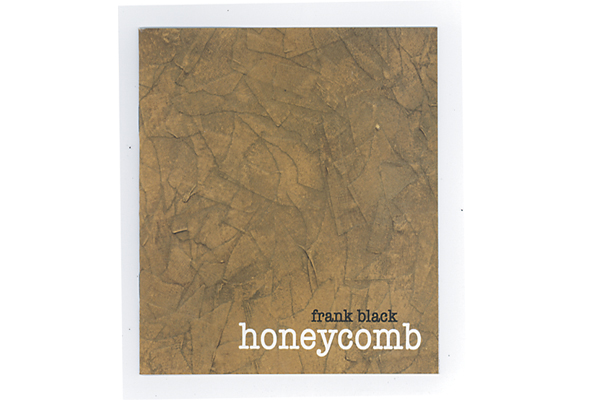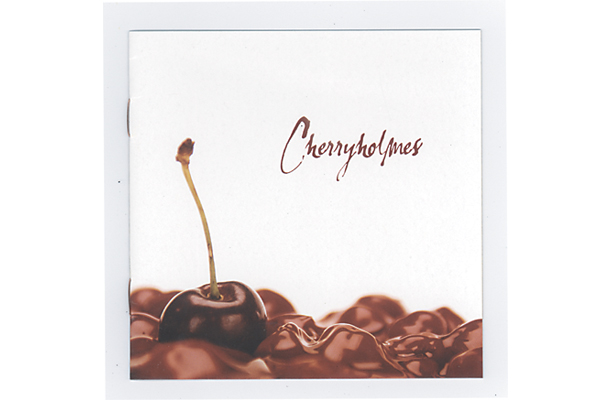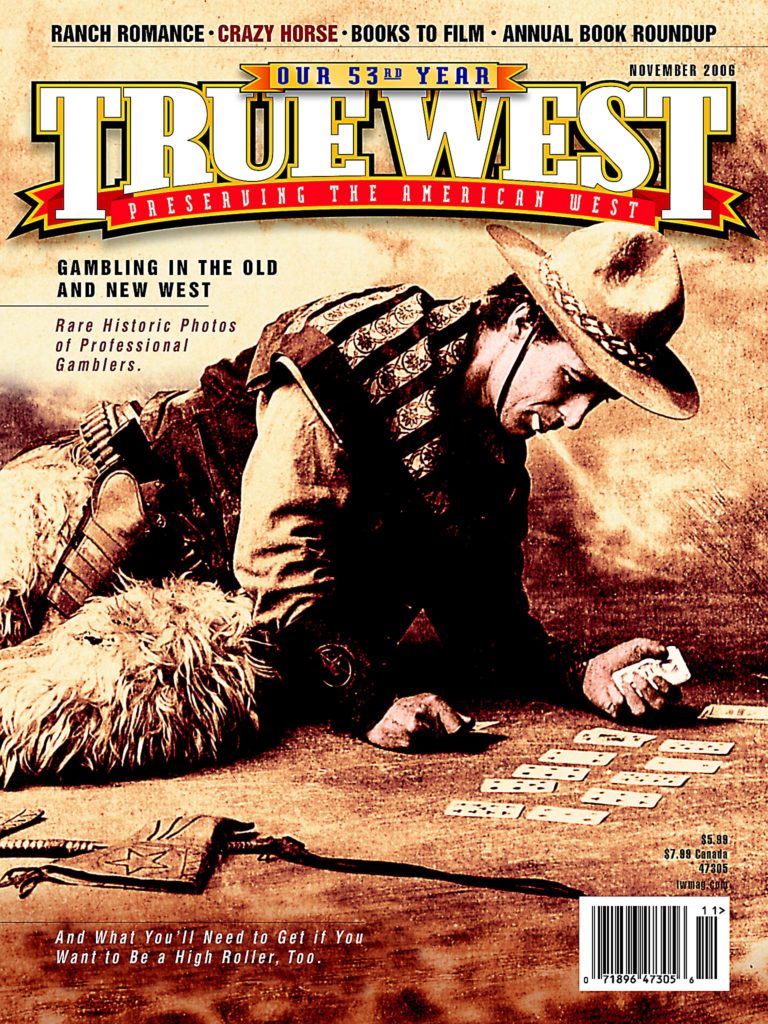 One of the earliest forms of firearms decoration was the use of metal tacks to embellish the gun stock.
One of the earliest forms of firearms decoration was the use of metal tacks to embellish the gun stock.
Such simple ornamentation can be found on early examples of European matchlocks and wheellocks, the jezails of the Middle East and miquelets of North Africa.
In North America, the use of brass and iron tacks was quite prevalent, especially among primitive gun owners. During America’s frontier period, many Indians embellished their firearms and other tools with tacks and studs that had been acquired through trading with the white men. Traders sometimes decorated firearms beforehand in an effort to increase the gun’s appeal to the potential customer.
Studding or tacking a weapon was by no means solely practiced by, or for, Indians. Many white explorers and mountain men also utilized common furniture tacks and inlays of German silver, mother of pearl, ivory, bone, brass and gold, silver and copper coins to personalize their arms. For example, one of Kit Carson’s half-stock rifles was adorned with both inlays and tacks, while mountain man Mariano Modena favored a half-stock Hawken rifle that sported several inlaid metal stars around the edge of the gun’s patchbox. Throughout the years, brass-tacked firearms have popularly come to be known as an “Indian” or “Mountain Man’s” gun.
The practice of embellishing firearms with tacks continued well into the age of metallic cartridge arms—examples are found on many later shoulder arms and handguns such as those by Winchester, Sharps, Spencer, Colt and Smith & Wesson. Tacks were also carried over to other frontier gear—saddles, knife handles and scabbards, holsters, tomahawk handles, riding quirts and belts.
Some of the more commonly used designs in rifle and pistol stock tacking were the five-point or “Texas” star, the Federal shield, Christian cross, sunburst, arrows, serpentine, fish and birds. Hundreds of tacks embellished some firearms, while others contained a single stud to mark its owner’s identity.
Brass was by far the most popular type of tack or stud used. It could be polished brightly, and the yellow metal retained its color and was immune to rust (unlike iron tacks). Brass or steel-tack shanks were sometimes driven into the rifle or handgun stock, or whatever item was to be adorned. Then the head was sheared off, flush with the surface of the object, leaving just the tip of the shank to show. This allowed the use of many tacks, spaced closer together and offering a more intricate design.
A number of other forms of firearms and gear adornment existed on the American frontier, including carving, rawhide wrapping, usage of animal skins and hanging charms (beads and medallions) from the trigger guard area. Brass tacking, though, was by far the primitive man’s favorite form of gun enhancement.






